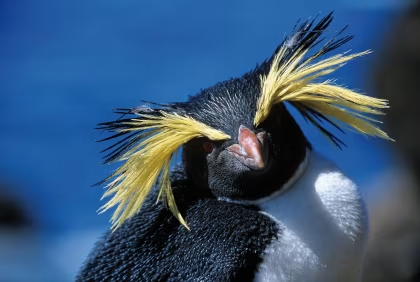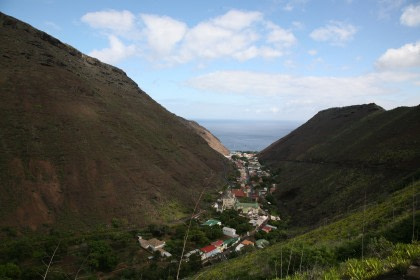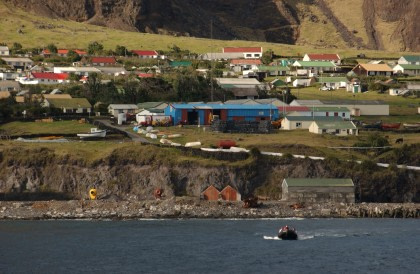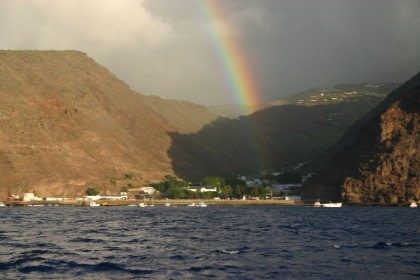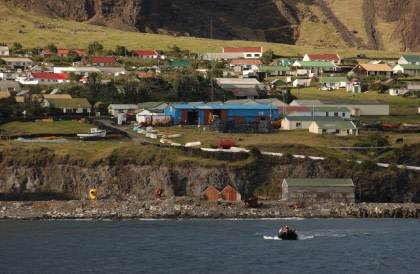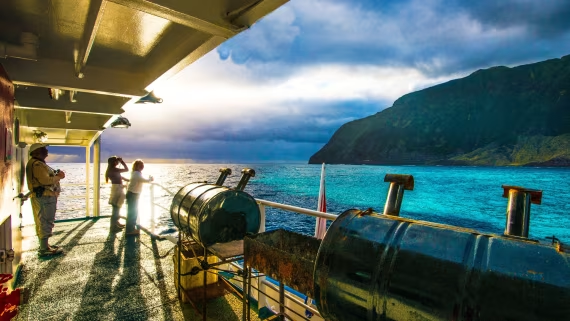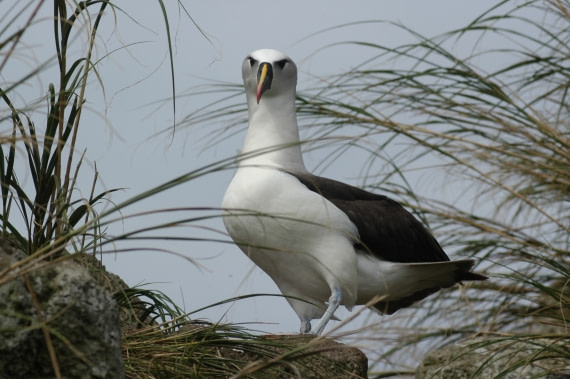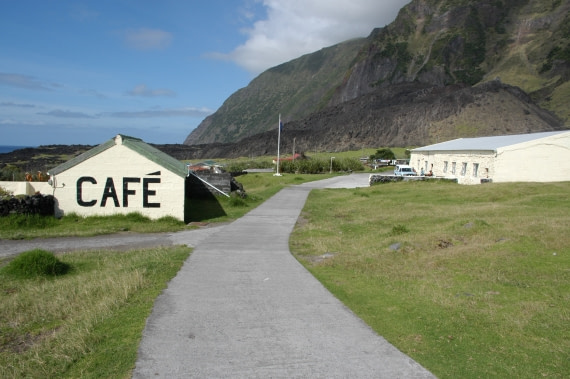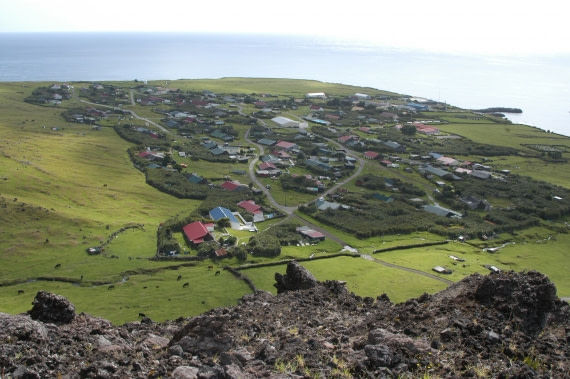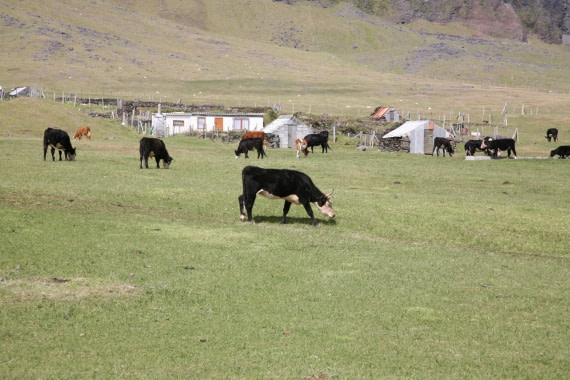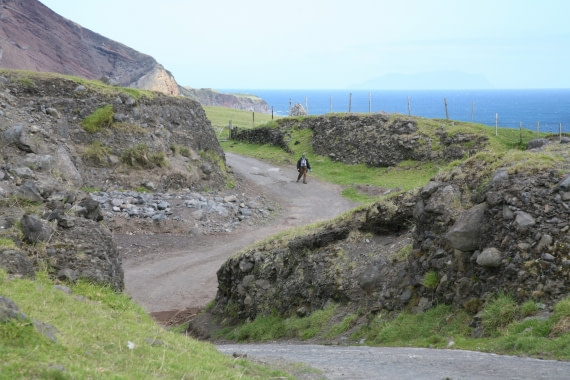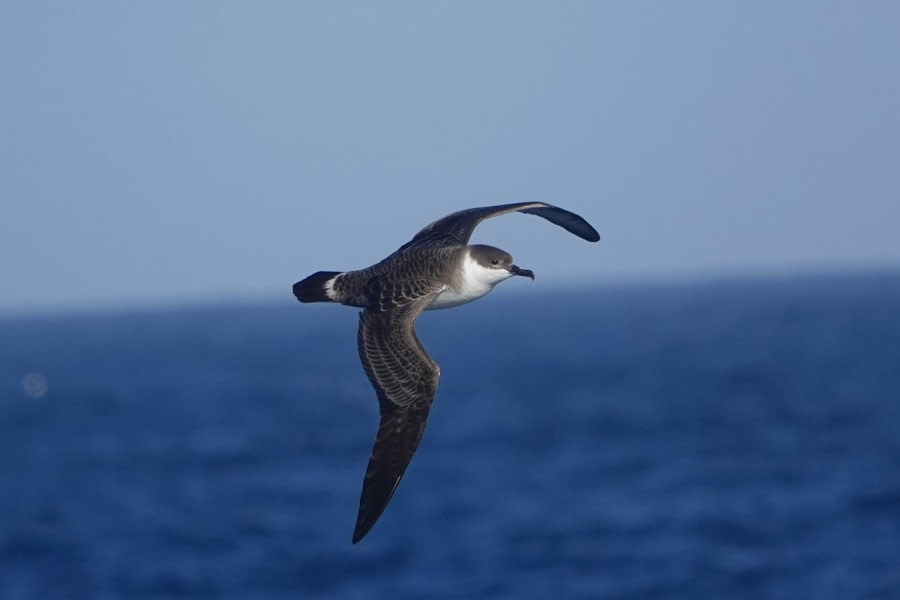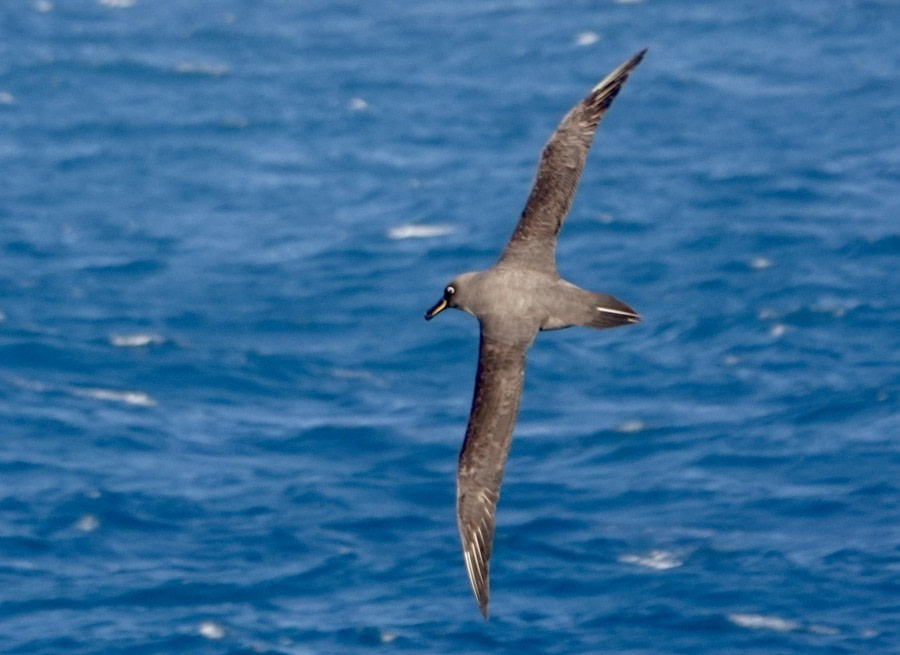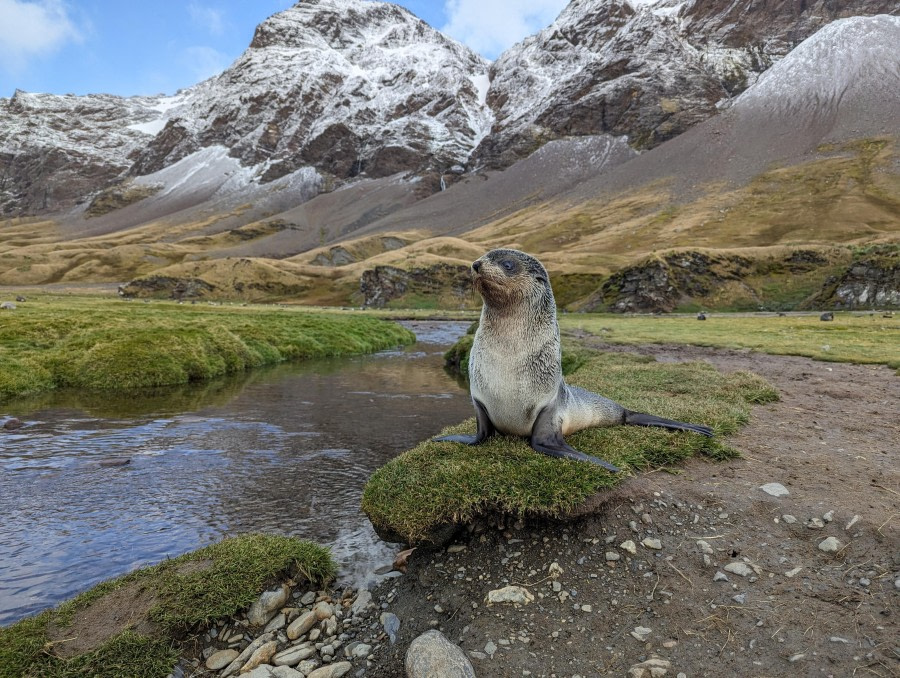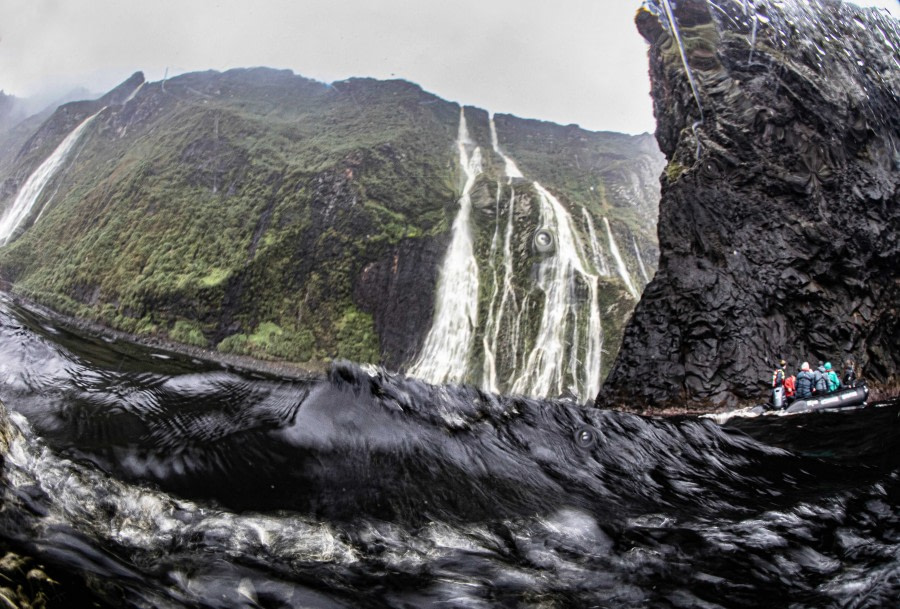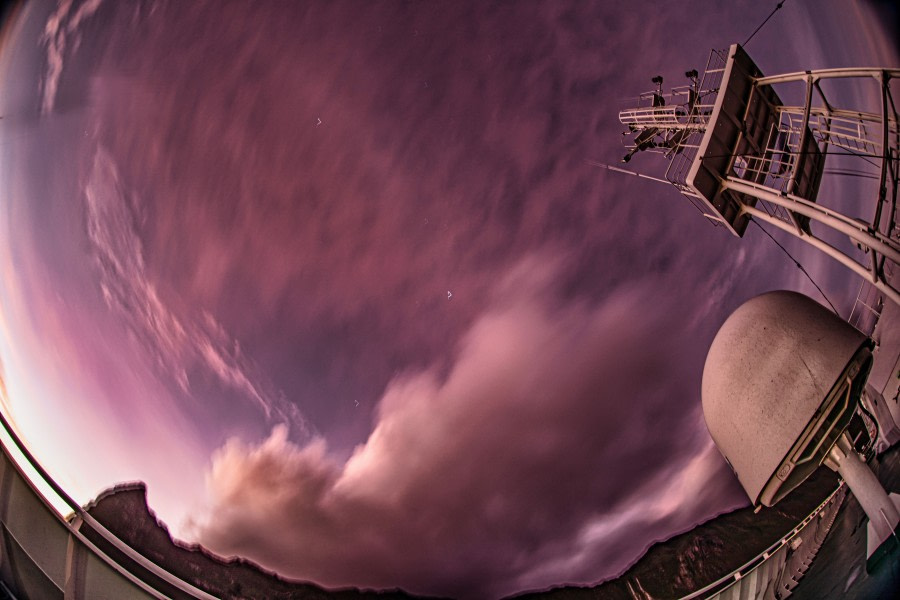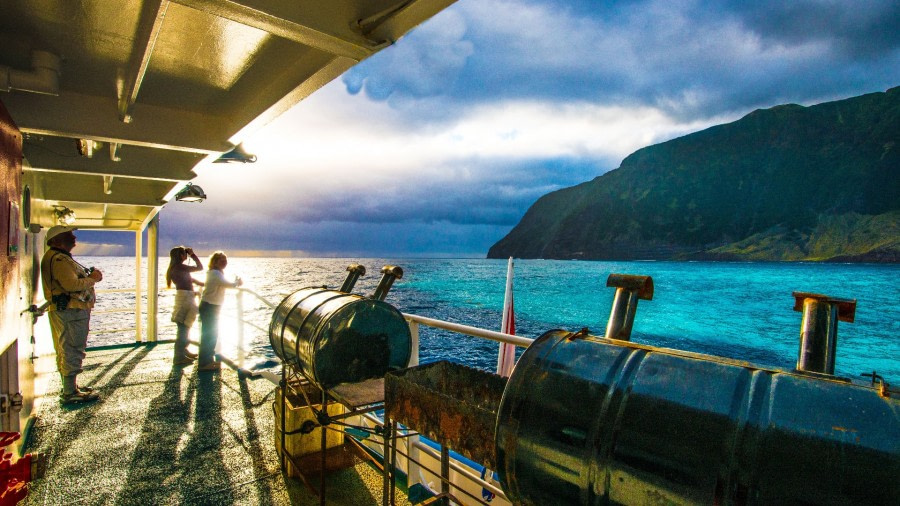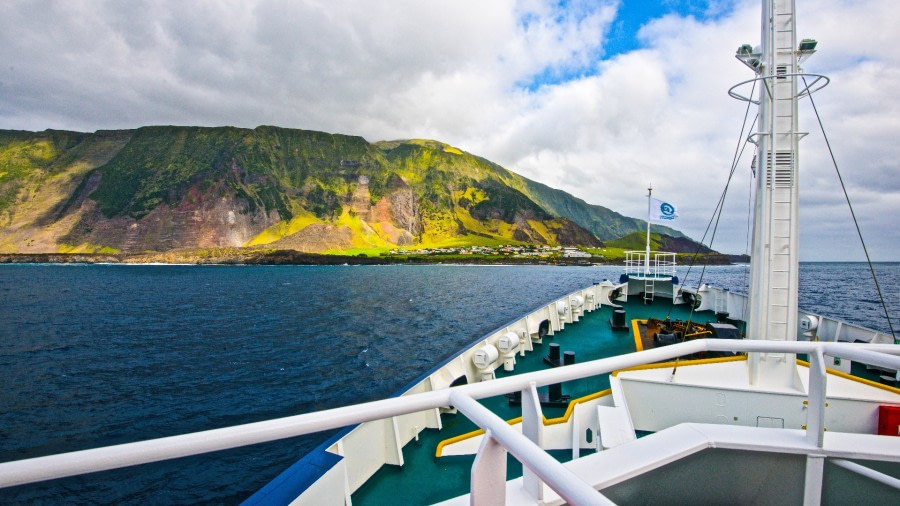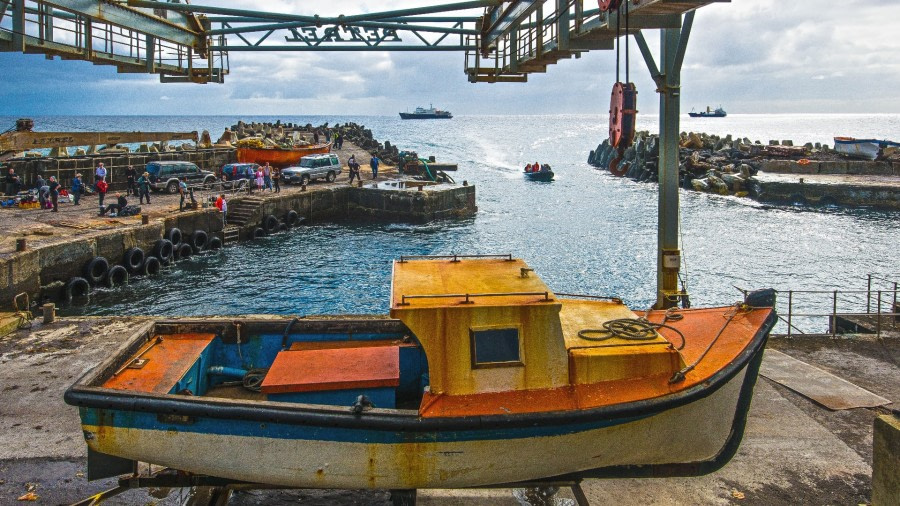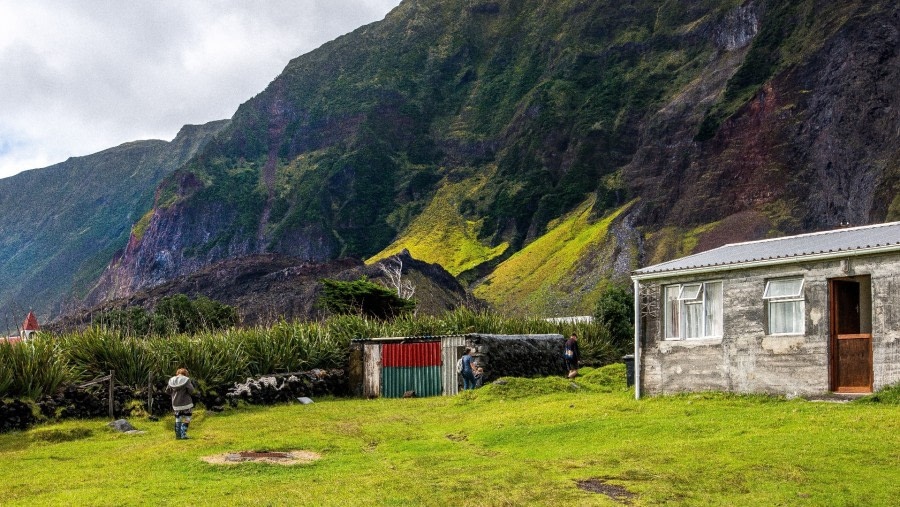Tristan da Cunha is a very special place, an active volcano on which people live, located in the middle of the South Atlantic Ocean. The island is often called the most remote inhabited island of the world but is also famous for its specific Tristan culture, its natural beauty and the large number of seabirds that breed there.
Cruises to Tristan da Cunha
Atlantic Odyssey incl. Antarctic Peninsula to Cape Verde
23 Mar - 4 May, 2026
•Tripcode: PLA31B26
The Atlantic Odyssey cruise visits some of the remotest islands in the world, crossing the migratory paths of Arctic Terns, Long-tailed Skuas, other birds, and a variety of whales as they make their annual expeditions north for the breeding season.
from: 16380 USD
Atlantic Odyssey incl. Antarctic Peninsula to St. Helena
23 Mar - 24 Apr, 2026
•Tripcode: PLA31A26
The Atlantic Odyssey cruise visits some of the remotest islands in the world, crossing the migratory paths of Arctic Terns, Long-tailed Skuas, other birds, and a variety of whales as they make their annual expeditions north for the breeding season.
from: 14175 USD
Atlantic Odyssey excl. Antarctic Peninsula to Cape Verde
1 Apr - 4 May, 2026
•Tripcode: PLA32C26
During the days at sea the chances of meeting whales are high. Witness the northbound spring migration of northern birds like Arctic Terns and Long-tailed Skuas who join us in crossing the Equator (“the Line”).
from: 10350 USD
Atlantic Odyssey, excl. Antarctic Peninsula
1 Apr - 24 Apr, 2026
•Tripcode: PLA32-26
The Atlantic Odyssey cruise visits some of the remotest islands in the world, crossing the migratory paths of Arctic Terns, Long-tailed Skuas, other birds, and a variety of whales as they make their annual expeditions north for the breeding season.
from: 9050 USD
Atlantic Odyssey, excl. Antarctic Peninsula
4 Apr - 27 Apr, 2027
•Tripcode: PLA33-27
The Atlantic Odyssey cruise visits some of the remotest islands in the world, crossing the migratory paths of Arctic Terns, Long-tailed Skuas, other birds, and a variety of whales as they make their annual expeditions north for the breeding season.
from: 9400 USD
Latest blog and customer story
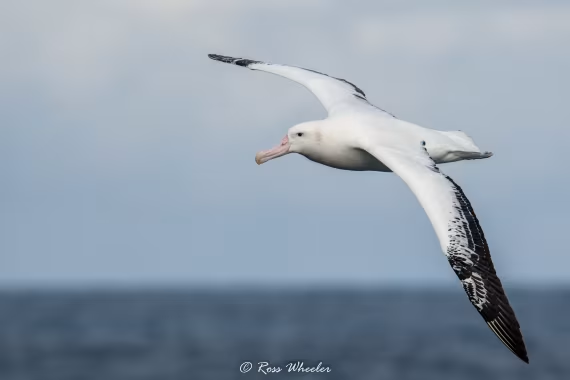
The Eight Albatrosses of Antarctica and the Sub-Antarctic
Whether you’re bound for Antarctica, the sub-Antarctic, or some combination of both, this entry will give you all the important albatross info as well as where these birds can best be found.
Latest highlight and wildlife
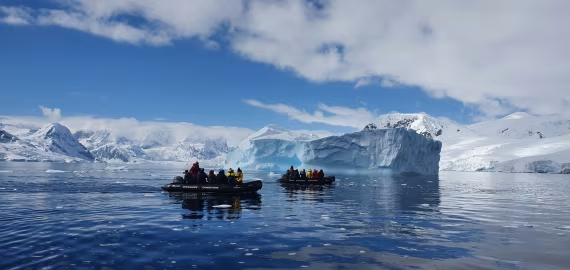
See the highlights you may experience:
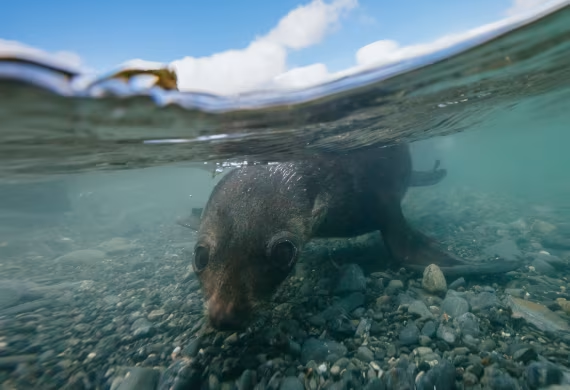
See the highlights you may experience:
Map of
Fan(tastic) photo
Tristan da Cunha cruise reviews
Tristan da Cunha FAQ
What is the Temperature Like in Tristan da Cunha?
Tristan da Cunha has pleasant temperatures all year long. The wet climate causes a large amount of rainfall, and it is highly unlikely for areas below 500 meters (1,600 feet) to experience frost. The average annual temperature in Tristan da Cunha is a mild 14.8 degrees Celsius (58.6 degrees Fahrenheit).
The temperature range in January is typically 15.4 to 20.4 degrees Celsius (59.7 to 68.7 degrees Fahrenheit). During August, you can expect a temperature range of 9.7 to 14.3 degrees Celsius (49.3 to 57.6 degrees Fahrenheit).
What Wildlife Can I See in Tristan da Cunha?
Tristan da Cunha has earned the BirdLife International designation of an Important Bird Area. There are two species of land birds that stay local all year, and an additional 13 species of seabirds breed on the island. The Atlantic Petrel has chosen Tristan de Cunha and Gough Island as its only breeding locations worldwide. You may also see the Tristan Wandering albatross, Antarctic Terns and Northern rockhopper penguins during a trip to Tristan da Cunha.
Marine mammals are quite often spotted around the islands but in particular the Sub-Antarctic fur seal is a species to look out for as it is not easily seen anywhere else. One of the most difficult to see birds in the world is found only on Inaccessible Island: The Inaccessible Island flightless rail. The name says it all – it is not an easy place to land.
Do People Live in Tristan da Cunha?
As of the 2015 census, Tristan da Cunha has a permanent population of 268. All of the residents live in Edinburgh of the Seven Seas, which means that only a small portion of Tristan da Cunha is inhabited. Cruises to Tristan da Cunha can temporarily increase the area’s population, but no one new is allowed to move to the island without the approval of every permanent resident.
Who owns Tristan da Cunha?
Tristan da Cunha is a British overseas territory. The area was first discovered in 1506, but it did not have any permanent settlers until 1810. In 1816, Tristan da Cunha was annexed by the U.K., and it has stayed under British control ever since. The area does have its own political system, but the Queen has executive authority.
What Unique Features Does Tristan da Cunha Have?
Aside from the limited infrastructure and extensive amount of seabirds, Tristan da Cunha is perhaps best known for its uninhabited wildlife reserves: Gough Island, Inaccessible Island and Nightingale Island which are the largest islands in the archipelago.
In total, there are six volcanic islands that make up the Tristan da Cunha region. The North-West coast is the only area of the mainland that is not mountainous. A massive and very beautiful active volcano comprises most of the land mass of the main island Tristan da Cunha.
A trip to Tristan da Cunha has also inspired many creative minds, and it was featured in novels written by Edgar Allan Poe and Jules Verne.
Photo gallery
About
Tristan da Cunha Weather
Tristan da Cunha is a remote volcanic island in the South Atlantic Ocean. Your Tristan da Cunha holiday delivers you into mild year-round temperatures of about 15°C in the local winter months (June through November) and climbing to around 20°C in the summer. Bring your rain jacket; there is no real dry season on the islands.
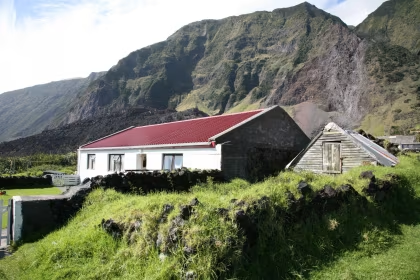
Facts about Tristan da Cunha
- Tristan da Cunha is part of the same British overseas territories as is St. Helena and Ascension Island.
- Tristan da Cunha is the most remote inhabited group of islands on Earth.
- The islands were found by Portuguese sailor Tristão da Cunha in 1506.
- The capital city of Tristan da Cunha is Edinburgh of the Seven Seas.
- The British Royal Mail Service has to assign Tristan da Cunha a postal code in 2005 because too much of their mail was getting sent to Edinburgh in Scotland.
- About 275 people make up the permanent population on the main island of Tristand da Cunha. Between them they share only 8 family surnames.
- Other islands in the group are named Gough, Nightingale, and Inaccessible. The latter is home of the flightless Rail, one of the most difficult birds in the world to get to see.
Travel to Tristan da Cunha
Tristan da Cunha is often called the most remote inhabited island of the world but is also famous for its specific Tristan culture, its natural beauty and the large number of seabirds that breed there. A Tristan da Cunha cruise takes you into a bird-watcher’s paradise. The four islands that make up the group are the breeding grounds for Northern Rockhopper penguins, millions of sea-birds, including the native Tristan Wandering Albatross, Atlantic Yellow-nosed Albatross, Atlantic Petrel, the Gough Moorhen, and the Inaccessible Island Flightless Rail.
Your Tristan da Cunha expedition allows you to take in the surrounding waters which are home to Sub-Antarctic Fur Seals, Elephant Seals, and a variety of whales.
